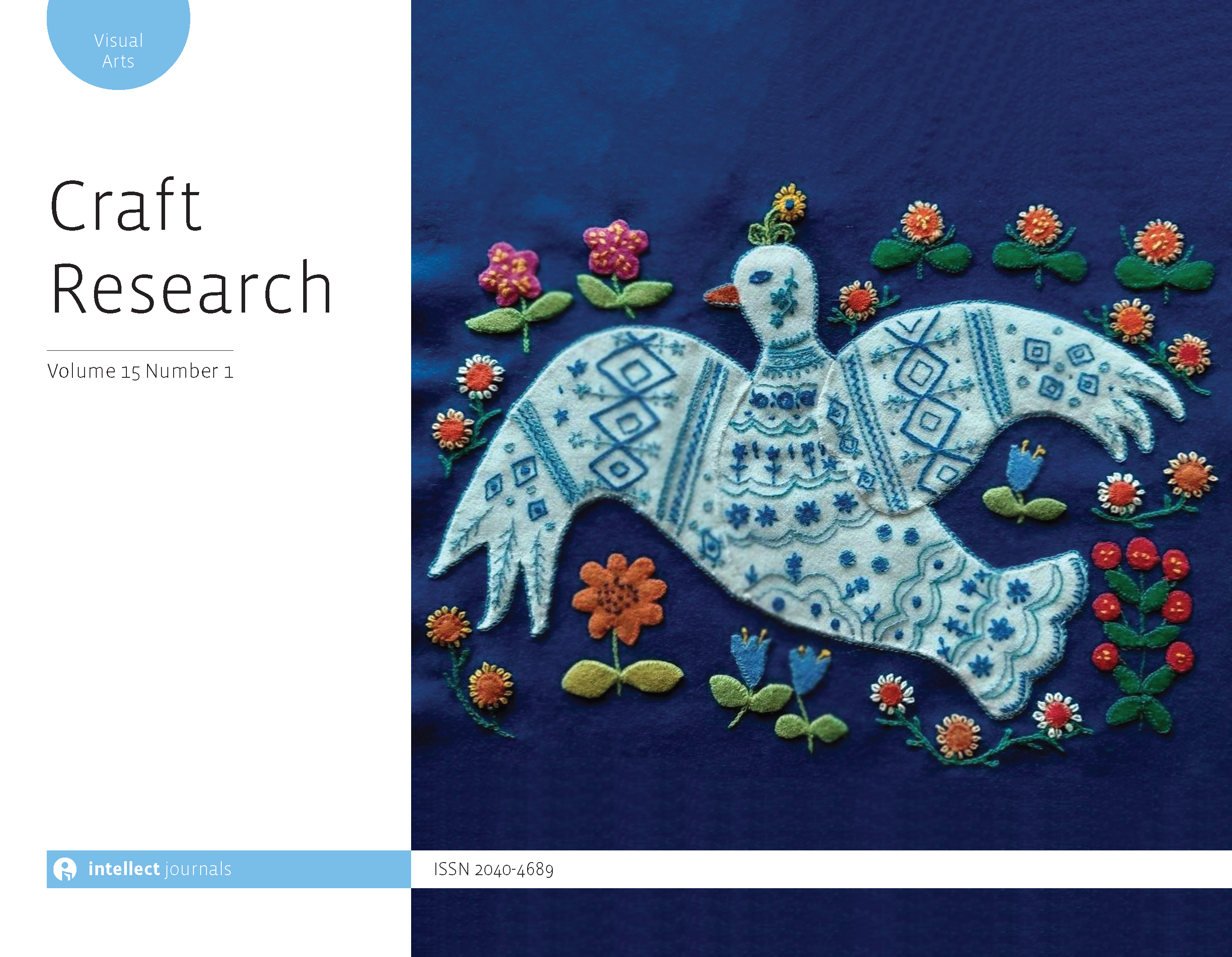
Full text loading...

Theatre of the Imagination aims to demonstrate that making artefacts provokes a transformative way of thinking about the world while fostering independent learning skills in children. Signature pedagogies from art and design education help to build a learning culture that embraces the concept of childhood as a time of being and becoming. The workshops set out to explore the potential of making as a way of thinking in primary education through a constructionist epistemology, which demonstrates how sharing three-dimensional artefacts can help cultivate mutual respect. Transition design thinking is introduced to foster a socially and culturally inclusive vision for the future. Children and their teachers are encouraged to undertake interventions aimed at incremental change in the way we collaborate with others who live locally and with those who live on other continents. The UN global goals for sustainable development framework is used to set up situations worthy of debate at a time of social and environmental disruption. Insights emerging from Theatre of the Imagination suggest new ways of exploiting the value of design and making in mainstream primary education at a time of impecunity. Making as thinking provokes reflection and helps children and teachers to visualize ideas about how we may protect non-human and human life on earth.

Article metrics loading...

Full text loading...
References


Data & Media loading...

Publication Date:
https://doi.org/10.1386/crre_00066_1 Published content will be available immediately after check-out or when it is released in case of a pre-order. Please make sure to be logged in to see all available purchase options.